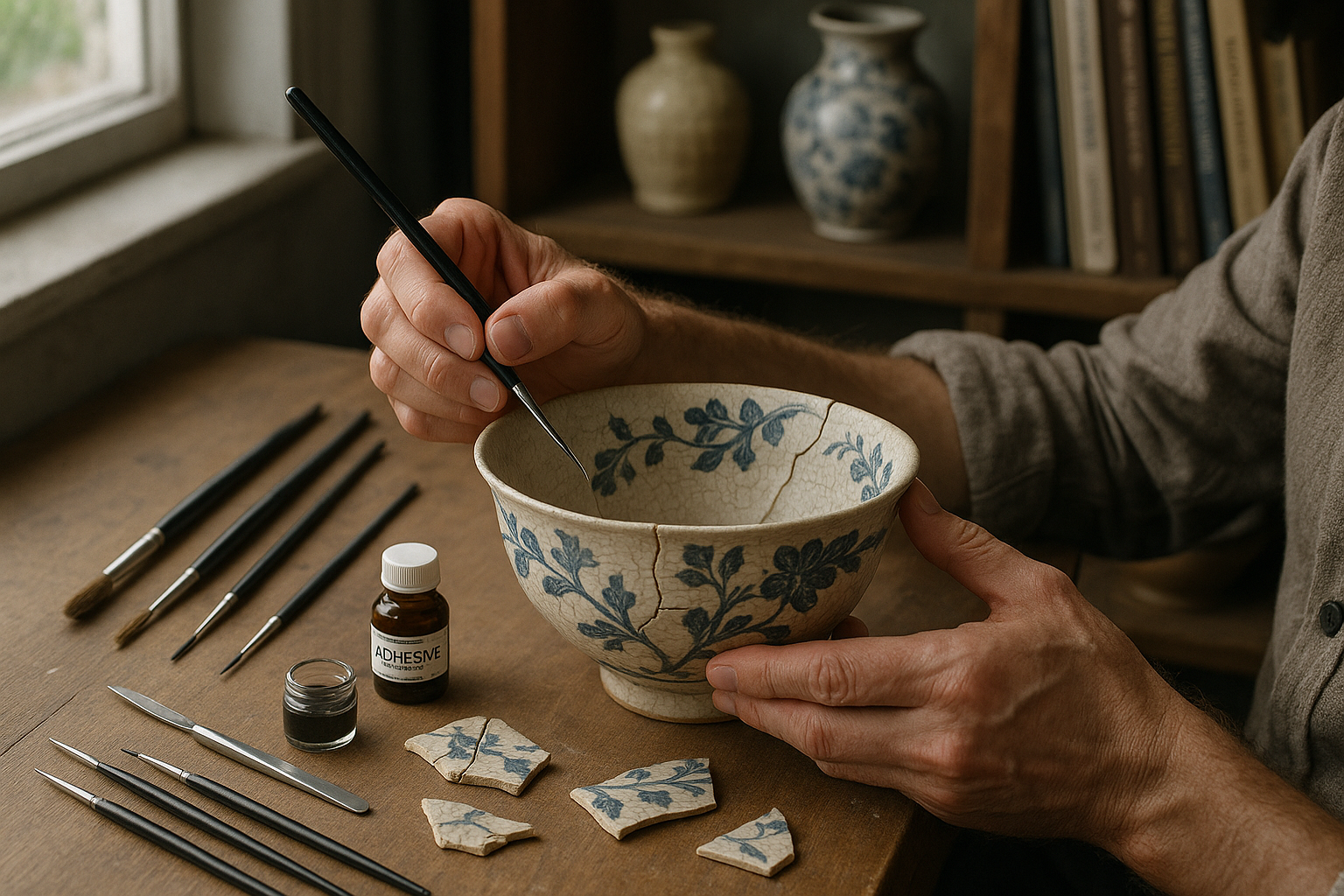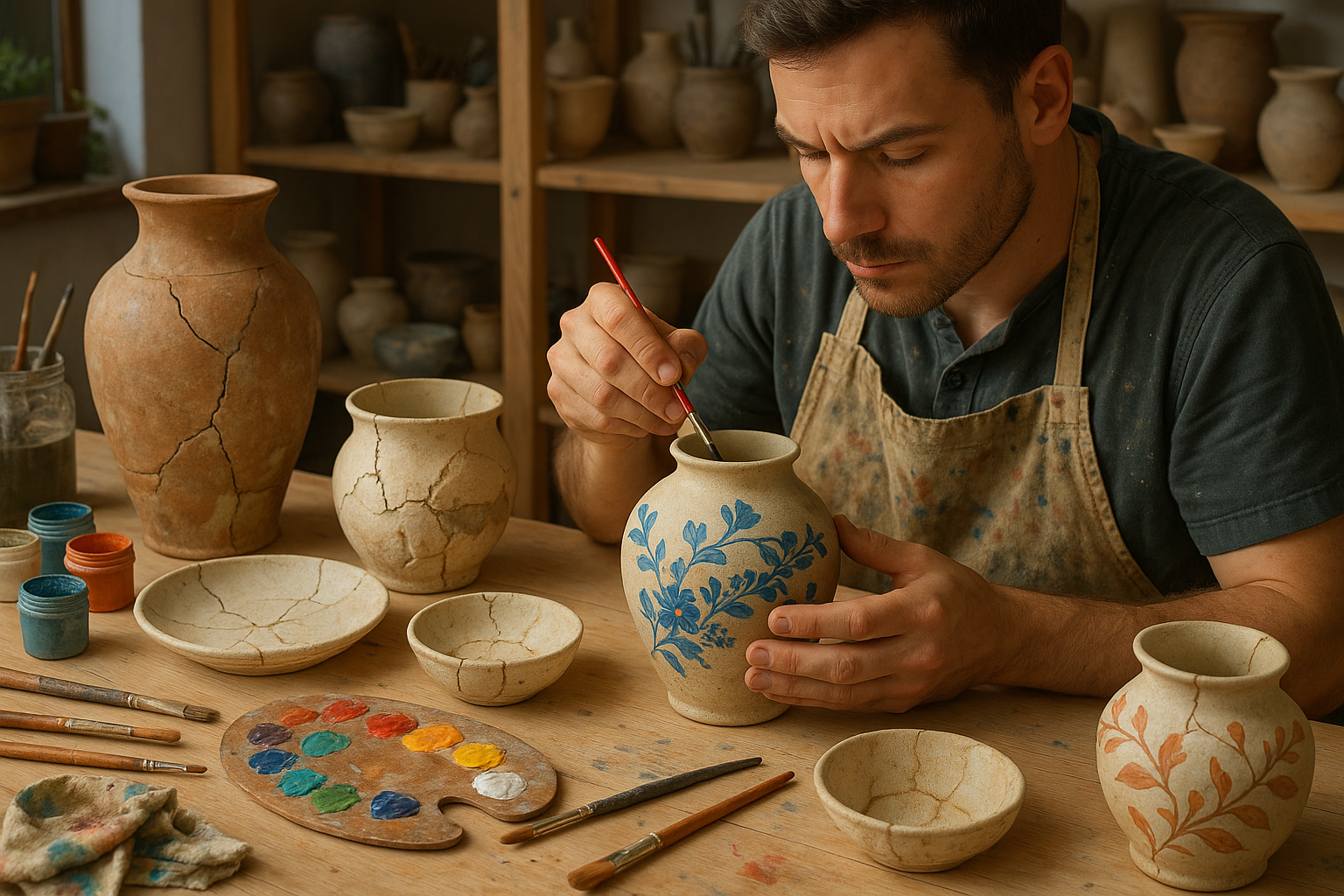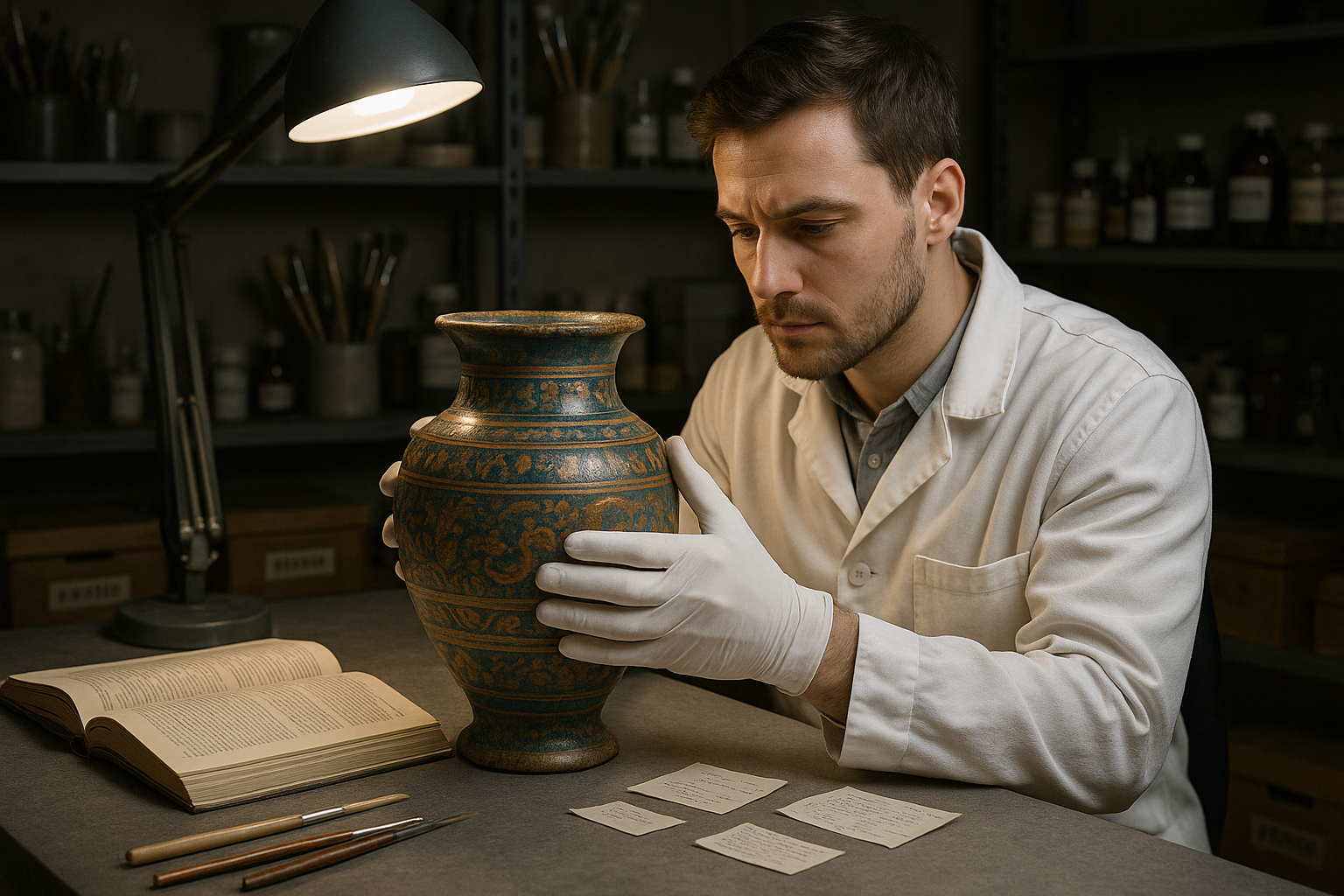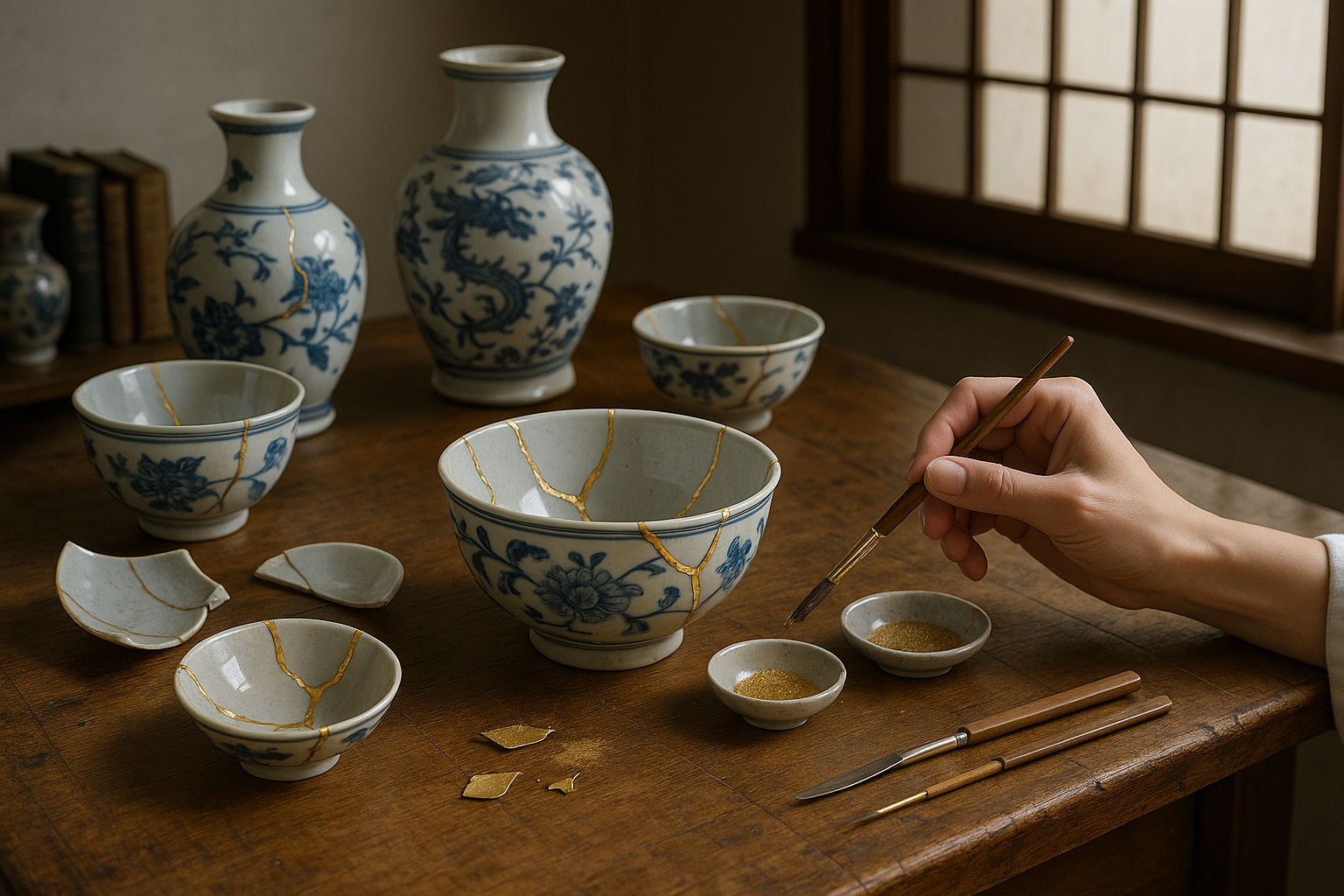Imagine walking into a room filled with history, where every thread tells a story, and each fabric whisper secrets of times long past. 🏺 Textiles, whether it’s a delicate Victorian lace dress, a bold 1920s flapper gown, or a handwoven Indigenous tapestry, serve as tangible connections to our collective past. They offer glimpses into cultures, technologies, and artistry that have shaped human civilization across centuries. But how do we ensure that these priceless pieces of history remain intact for future generations to admire and learn from? The answer lies in effective archival textile storage solutions.
In our fast-paced world, where the new often overshadows the old, preserving historical textiles might not seem a pressing concern at first glance. Yet, for historians, curators, collectors, and even passionate hobbyists, the preservation of textiles is a mission filled with reverence and urgency. Each fabric piece is a historical artifact, as fragile as it is invaluable, susceptible to the ravages of time, light, and environment. The very air around us poses a threat, potentially leading to degradation if not managed correctly.
This comprehensive guide is designed to navigate you through the intricacies of archival textile storage. Whether you’re a seasoned conservator or a curious beginner, you’ll find insights and practical advice to ensure that these delicate fabrics are preserved with the care they deserve. We’ll explore the foundational principles of textile preservation, delve into advanced storage techniques, and discuss the latest innovations in the field that are making waves today. 🧵
First, we’ll cover the basics of textile preservation. Understanding the different types of textiles and their specific needs is crucial. Cotton, wool, silk, and synthetic fibers each have unique properties and vulnerabilities. We’ll highlight how temperature, humidity, and light can affect these materials and offer guidance on creating the optimal environment for preservation.
Next, we’ll delve into the tools and materials essential for proper textile storage. From acid-free boxes and tissue paper to specialized garment bags and storage racks, having the right equipment can make all the difference. We’ll explain why these materials are preferred and how they function to protect against dust, pests, and other hazards. 🛡️
Organization and cataloging are also key components in managing an archival collection. We’ll provide tips on how to catalog textiles effectively, ensuring each piece is easy to locate and identify without unnecessary handling. This includes digital tools and software that can aid in maintaining detailed records, which are invaluable for both curatorial and insurance purposes.
Innovation plays a pivotal role in modern textile preservation. We’ll introduce you to cutting-edge techniques and technologies that are transforming how textiles are stored and conserved. From advanced climate control systems to new materials developed specifically for preservation, these innovations are pushing the boundaries of what’s possible and helping to prolong the life of textiles in remarkable ways.
Finally, we’ll address the human aspect of textile preservation. This isn’t just about materials and methods; it’s about the passion and dedication of those who work tirelessly to preserve history. We’ll share stories from professionals in the field, offering a glimpse into the challenges and triumphs they encounter. Their experiences underscore the importance of this work and inspire a deeper appreciation for the textiles that connect us to our past.
By the end of this guide, you’ll be equipped with the knowledge and tools necessary to care for textiles in your collection or institution. More than just a practical handbook, this article is a celebration of history and the threads that bind us all. Join us as we unravel the secrets of preserving these precious artifacts, ensuring they continue to tell their stories for generations to come. 🌍
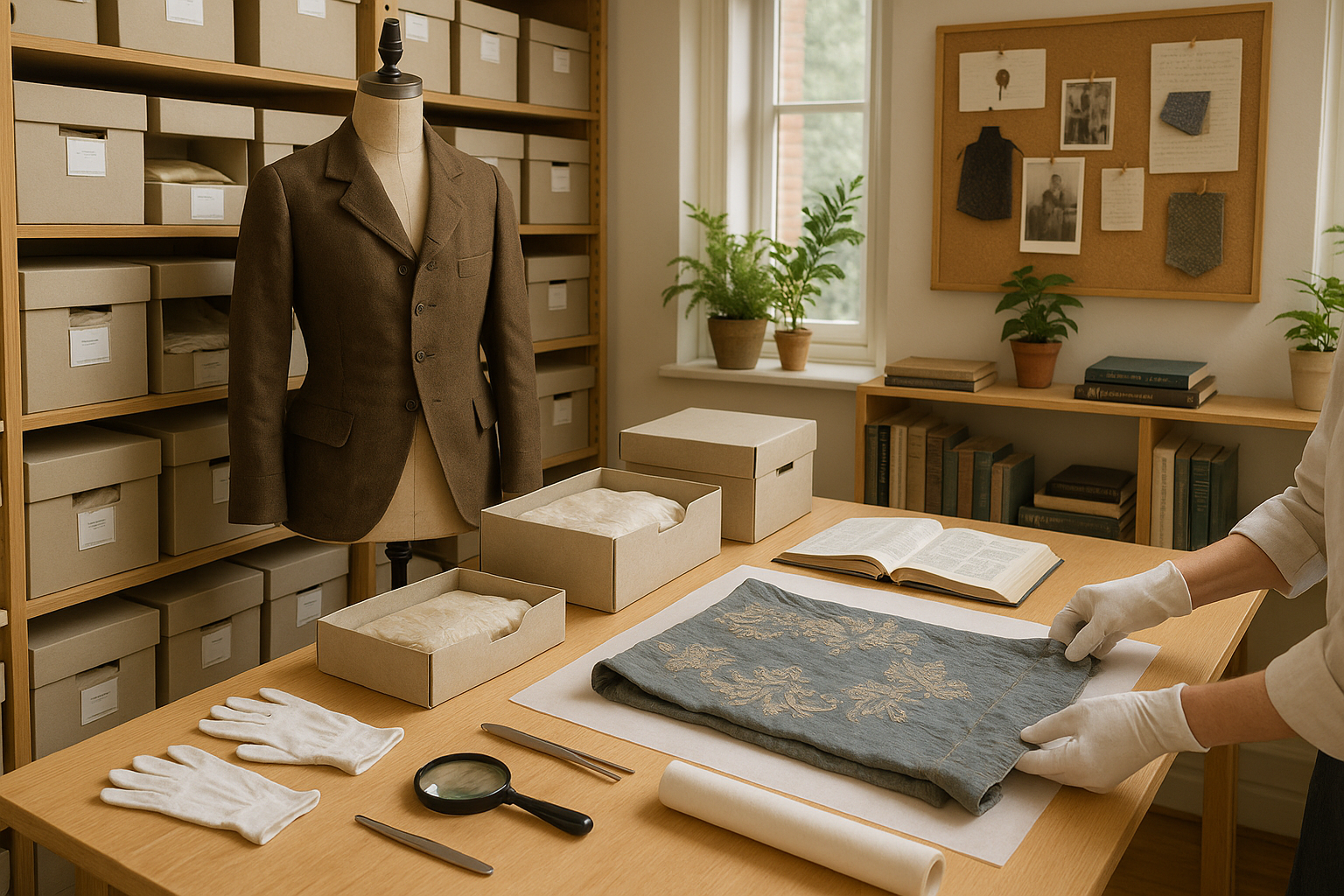
Conclusion: Embracing the Past, Securing the Future
In conclusion, the art and science of preserving historical textiles is an endeavor that connects us with the past while ensuring these treasures are available for future generations. Throughout our discussion, we explored various essential aspects, including the importance of understanding the material composition, the significance of climate control, and the best practices for handling and storage. Each of these components plays a crucial role in safeguarding the delicate fabrics that tell the stories of our history.
One of the key takeaways from our exploration is the necessity of maintaining an appropriate environment for textile preservation. 🏛️ By controlling factors such as temperature, humidity, and light exposure, we can significantly extend the lifespan of these precious artifacts. Whether it’s a family heirloom or a museum exhibit, the right conditions help prevent deterioration and loss of integrity.
Moreover, the importance of proper handling cannot be overstated. Using clean hands or gloves, supporting the textiles adequately, and avoiding unnecessary contact are simple yet effective measures that can make a substantial difference. The materials we choose for storage, such as acid-free boxes and tissue paper, provide additional layers of protection, shielding the textiles from pollutants and physical stress.
As we look towards the future, the role of technology and innovation in textile preservation becomes increasingly prominent. Advances in digital documentation and analysis offer exciting possibilities for conservationists and historians alike. These tools enable us to create detailed records and conduct research without compromising the physical integrity of the textiles. 📊
The journey of preserving historical textiles is not just about conserving fabric; it’s about keeping the narratives and craftsmanship of our ancestors alive. These pieces are more than mere objects; they are windows into the cultural, social, and artistic contexts of their time. Each thread is woven with the stories of the past, offering insights and inspiration to those who seek to understand them.
As we conclude this guide, we invite you to reflect on the importance of these preservation efforts. Whether you are a professional conservator, a history enthusiast, or someone who cherishes family heritage, your role in preserving textiles is invaluable. We encourage you to share this knowledge, apply the techniques discussed, and engage with others who are passionate about conservation. Together, we can ensure that the legacy of historical textiles continues to enrich our lives and educate future generations.
We would love to hear your thoughts and experiences with textile preservation. Feel free to leave a comment below, share this guide with friends and colleagues, or embark on your own preservation project using the insights gained here. Let’s keep the conversation going and inspire a community dedicated to preserving our shared history. 💬
For further reading and resources, consider exploring these reputable sources: [Smithsonian Institution](https://www.si.edu/), [American Institute for Conservation](https://www.culturalheritage.org/), and [Textile Society of America](https://textilesocietyofamerica.org/).
Thank you for joining us on this journey. Together, we can honor the past and protect our heritage for the future. 🌟
This conclusion aims to summarize the key points of your article, emphasize the importance of textile preservation, and inspire the reader to take action and engage with the content.

